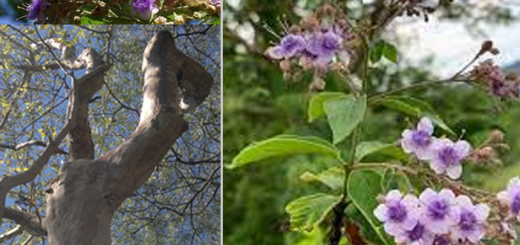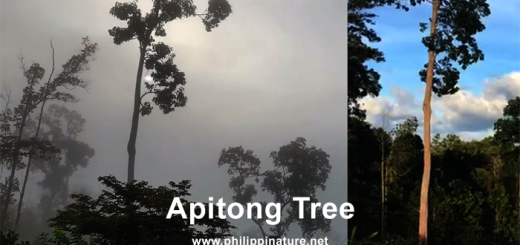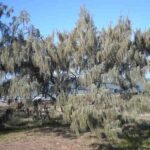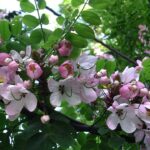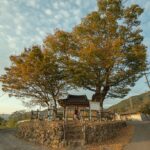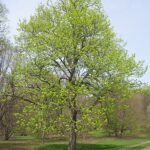Agoho Tree – Nature’s Coastal Guardian

When you walk along the coastlines of the Philippines or other tropical parts of Southeast Asia, you may spot a tall, graceful tree swaying in the salty breeze—its needle-like leaves rustling softly like pine trees. This is the Agoho tree, a quiet but powerful presence in coastal ecosystems.
It is also known as coastal she-oak, horsetail she-oak, ironwood, beach sheoak, beach casuarina, whistling tree or Australian pine.
What Is the Agoho Tree?
The Agoho tree, scientifically known as Casuarina equisetifolia, is often mistaken for a pine tree because of its thin, needle-like foliage. However, it’s not a pine at all! It belongs to the Casuarinaceae family and is actually more closely related to flowering plants than conifers.
In the Philippines, the town of Agoo is named after the tree (known as agoho or aroo in the Ilocano language). It’s commonly found along sandy shores, where it thrives in poor, salty soils—places where most plants would struggle to grow. This adaptability makes it a vital species for coastal protection and reforestation efforts.
Why Is the Agoho Tree Important?
1. Coastal Protection
Agoho trees act as natural windbreakers. Their dense foliage and deep roots help stabilize sand dunes, preventing coastal erosion. They also serve as the first line of defense during storms and typhoons, reducing the impact of strong winds and storm surges on inland areas.
2. Environmental Benefits
These trees improve soil fertility through a unique symbiotic relationship with nitrogen-fixing bacteria. That means they can enrich poor soils, making them more suitable for other plant species to grow, a great help in restoring degraded areas.
3. Biodiversity Support
The Agoho provides shelter for birds, insects, and small animals. Its fallen “needles” also form a soft forest floor that helps retain moisture, contributing to a more stable micro-environment.
4. Economic and Cultural Value
Agoho wood is durable and used for furniture, construction, and firewood. Some communities also plant Agoho for shade, landscaping, and as part of their local tradition of honoring nature.
Agoho in Urban Landscapes
Beyond the beach, you’ll now find Agoho trees in parks, roadsides, and even gardens. They’re valued not only for their environmental benefits but also for their unique aesthetic—a striking, evergreen presence that brings a sense of calm and grace to any setting.
A Tree Worth Protecting
With increasing threats from climate change and coastal development, the Agoho tree’s role has never been more important. It’s a resilient species, yes—but like all things in nature, it needs our protection and respect. Whether you’re reforesting a beach or simply planting a tree in your backyard, the Agoho deserves a spot on your list.


